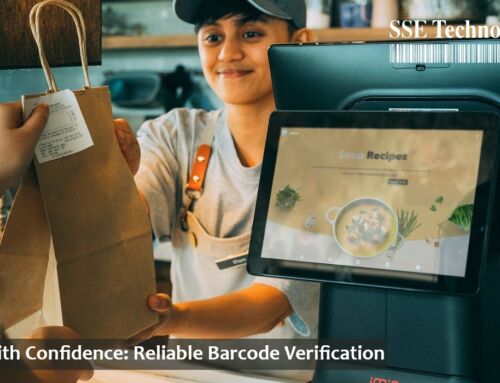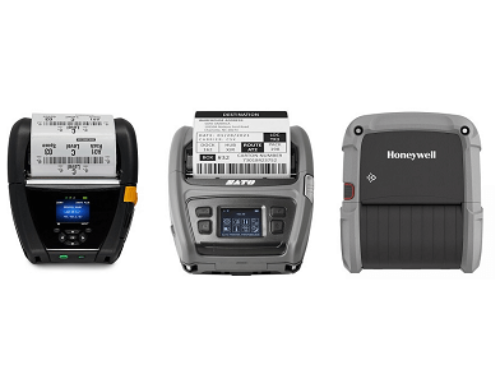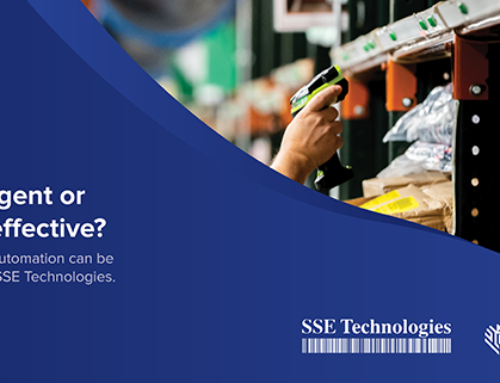We’re at the final stretch of 2021, and with the end of the year comes the rush of holiday shipping and the pressures of meeting that December 24th deadline without increasing prices, overwhelming transportation teams, and charging returns all while welcoming a flood of new seasonal workers. 2020’s so-called “Shipaggedon” dealt heavy blows to even the most astute warehouses, dragging on-time rates to as low as 85% compared to 98% rates from prior years. Between the expected demands from normalized omnichannel fulfillment and new challenges such as persisting variants and labor shortages, the 2021 Holiday Peak Season is still projected to bring a $207 billion revenue, 10% more than 2020’s chaotic earnings. To best prepare for the months ahead, the following challenges have been highlighted as the most likely disruptors of productivity in the 2021 holiday order fulfillment season:
- Quickly onboarding new workers – Despite all-time high labor shortage rates, major fulfillment companies are still planning to hire as many as 150K new workers to meet e-commerce’s needs. In addition to competitive pay and discounts, companies must also offer seamless onboarding to protect continuous productivity. Complicated technologies and workflows may create bottlenecks and downtime, which is why familiar technologies continue to be encouraged such as Android’s intuitive OS. Next-generation mobile hardware sporting Android have been shown to decrease training times since new hires may be familiar with its usability based on previous consumer experience.
- Preventing out-of-stocks – Studies show that out-of-stocks have increased a whopping 172% compared to this time last year due to supply chain issues and driver shortages. While delayed shipments can take most of the blame, improper inventory storage has also contributed to the problem since misplaced products are not readily counted, resulting in false out-of-stocks. To efficiently track inventory within the four walls, real-time locationing systems like RFID tracking or Bluetooth monitoring can pinpoint pallets within range and display their location on the employee’s handheld device for on-the-spot locationing.
- Monitoring incoming orders from multiple channels – New purchase methods have gained traction in 2021 such as Social-channel shopping via social media platforms, increasing demands for more products. To track incoming orders from different channels, warehouses depend on no-drop and long-range connectivity in and out of the warehouse. Simplistic applications such as Zebra’s new Wireless (Analyzer) and (Fusion) provide a small-scale way to protect connectivity for real-time visibility into incoming orders and optimized pick paths.
- Securing safe social distancing within warehouses – While contamination rates may have plateaued compared to last year, variants continue to pose a threat to closed spaces. As a result, contact tracking solutions similar to Zebra’s MotionWorks Proximity can help prevent mass spreads and shutdowns by enforcing distancing and recording prolonged exposure events within a protected interface deployed on your enterprise handheld device.
- Coordinating inbound operations – SKU proliferation has made it difficult to accurately track and process inbound products quickly. To bridge the gap between manufacturers and distributors, real-time communication channels that extend beyond the four walls can be quite helpful. That’s where applications like Zebra Workforce Connect come in handy to streamline communication channels within current enterprise mobile devices, thus eliminating gaps and the need to train employees on yet another new device.
- Maintaining order accuracy throughout the picking process – One negative experience has been shown to make customers 50% less likely to make a future purchase. To protect accuracy rates, studies recommend minimizing the use of paper-based picking systems and manual data entry since these have a track-record of ushering costly errors into the warehouse. Intelligent data capture prevents errors during the picking process and can be integrated in a hands-free wearable solution to further decrease training times and automate repetitive tasks. For example, Zebra’s Total Wearable Solution combines hands-free scanning with intelligent mobile computing to break down picking bottlenecks and boost productivity by 15%.
- Protecting data – Data security is obviously still a major concern year-round, however, data breaches during the holidays have been seen to jump up to 35.8% since users are in a greater hurry and less likely to take precautionary measures. Consequently, higher data security parameters such as Zebra Lifeguard and Mobility Extensions equip devices with updated security patches, government-grade encryption, two-factor authentication, and customizable security levels to maintain PCI and HIPAA compliance.
- Accelerating order picking – Over a third of shoppers have used same-day shipping options in 2021. As more orders come in, workers don’t have time to waste on convoluted workflows. That’s why versatile mobile computers like the MC9300 have proven beneficial to streamline multiple workflows in one device. Moreover, applications like SimulScan further accelerate data capture and processing by collecting several barcodes at once in one trigger pull, combining speed with long-range scanning for faster and smarter data capture.
- Connecting shipping and warehouse teams – Similar to coordinating inbound deliveries, outbound operations require the same level of visibility and connectivity to avoid mish-shipments. Therefore, dependable communication channels and flexible connectivity options can be beneficial during this stage to prevent communication gaps.
- High last mile costs – Last-mile expenses are traditionally the highest costs supply chains incur. To maximize fleet visibility and real-time routing notifications, businesses are equipping drivers with multi-purpose devices like Zebra’s rugged ET8x tablets since they can adapt to on-the-go field work
- New delivery options – Between direct-to-customer shipping and buy-online-pickup-in-store, distributors and shipping teams must take note of where and how products are delivered. To simplify inventory tracking and identification, enterprise labels that perform efficiently outside the warehouse are essential in preserving identification anywhere the product goes.
- Preventing costly reverse logistics – Sadly, an estimated 13% of purchased gifts are returned after Christmas for a myriad of reasons. Returns can cost as much as $20 per order, however, customers are less likely to purchase products that don’t offer free returns. Ensuring accuracy during shipping is a proactive way to avoid future costs, but in the event items are still sent back, proper inventory tagging and storing is crucial the moment inventory is shipped back to prevent major devaluation and misplacements. Once again, effective identification labels and RFID tracking serve as a seamless way to establish transparent reverse logistics to diminish operational costs.
Of course, supply chains can also expect to face unique challenges such as temperature monitoring and compliance verification; however, as the shipping window rapidly diminishes, it’s vital warehouses begin to prepare immediately to avoid the costly pitfalls of inefficient workflows. To learn more on how you can quickly adjust your warehouse for better workflow visibility, contact SSE Technologies for a comprehensive workflow assessment and integrate changes developed to protect your competitive advantage.







